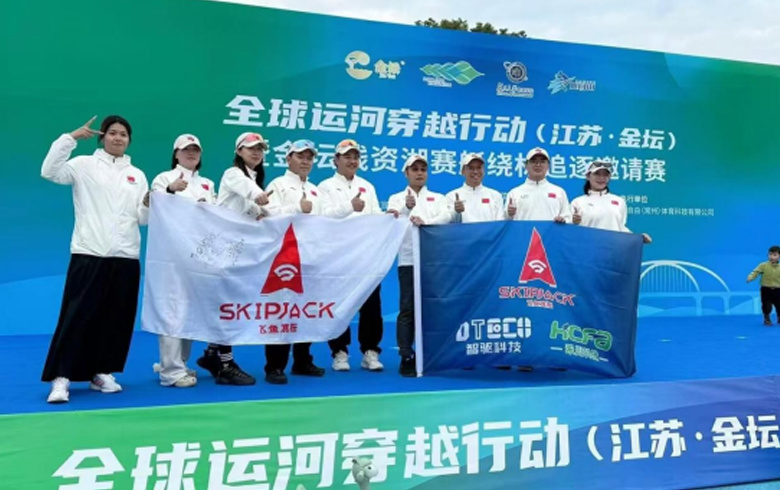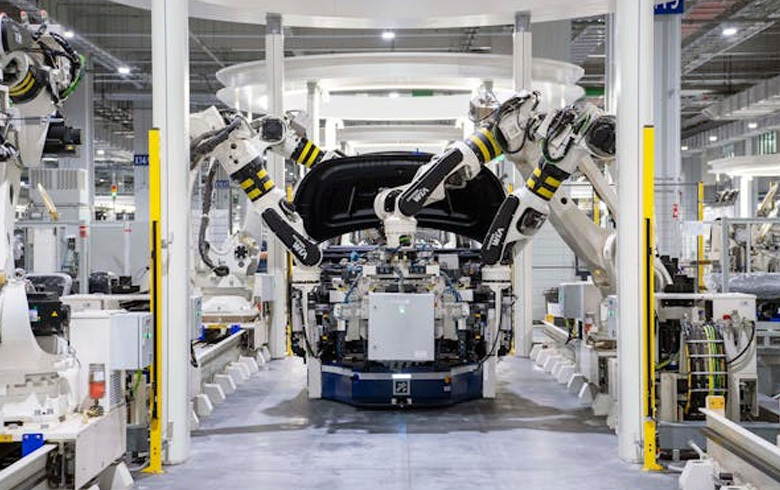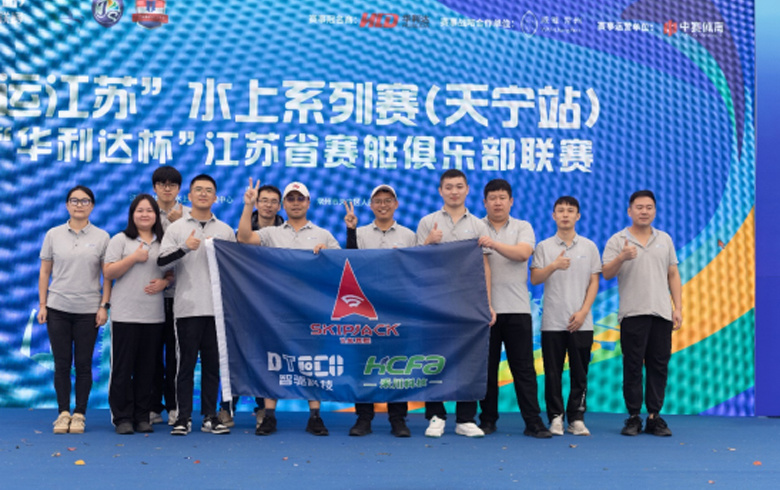News
What types of industrial control systems are there?
Release time:
2024-11-07
1. Programmable Logic Controller (PLC)
PLC is one of the most common control systems in industrial automation. It uses programmable memory to store instructions for executing logical operations, sequential control, timing, counting, and arithmetic operations, and can control various types of machinery or production processes through digital or analog input/output. PLCs are popular for their stability, flexibility, and ease of programming.
2. Distributed Control System (DCS)
DCS is mainly used for complex industrial process control, such as in the petrochemical and power generation fields. It is a system composed of multiple control nodes distributed in different locations, which are interconnected through a communication network and centrally managed. The advantages of DCS lie in its high integration and scalability, capable of handling a large number of input and output signals and implementing complex control strategies.
3. Supervisory Control and Data Acquisition (SCADA)
SCADA systems are computerized systems used for remote monitoring and control of industrial facilities. They are typically used in large distributed areas, such as oil pipelines, railway transportation, and power grids. SCADA systems integrate data acquisition, network communication, and human-machine interface functions, allowing real-time display of equipment status, data recording, and issuing control commands when necessary.
4. Human-Machine Interface (HMI)
HMI is the part of industrial control systems that interacts with humans, allowing operators to monitor and control processes. HMIs typically include displays, operation buttons, and indicator lights, designed with a focus on user experience so that operators can easily access information and perform control.
5. Motion Control System
Motion control systems are specifically designed for precise control of the position, speed, and acceleration of mechanical movements. These systems are widely used in robotics, CNC machine tools, and assembly lines. They typically include high-precision devices such as servo motors, drives, and encoders, as well as complex algorithms to ensure the accuracy and synchronization of movements.
6. Process Control System
Process control systems focus on controlling continuous production processes, such as in the chemical, food processing, and paper industries. They monitor parameters such as temperature, pressure, and flow, and adjust raw material inputs or operating conditions to ensure product quality and production efficiency.
7. Industrial Networks and Communications
Various components of industrial control systems need to be interconnected through network and communication technologies. This includes various forms such as industrial Ethernet, fieldbus, and wireless communication. These technologies ensure real-time data transmission and system reliability.
8. Advanced Control and Optimization
With the development of artificial intelligence and big data technologies, advanced control and optimization techniques are being increasingly applied in industrial control systems. This includes fuzzy control, neural networks, model predictive control, etc., which can enhance the intelligence level of the system, optimize production processes, and reduce energy consumption and raw material usage.







